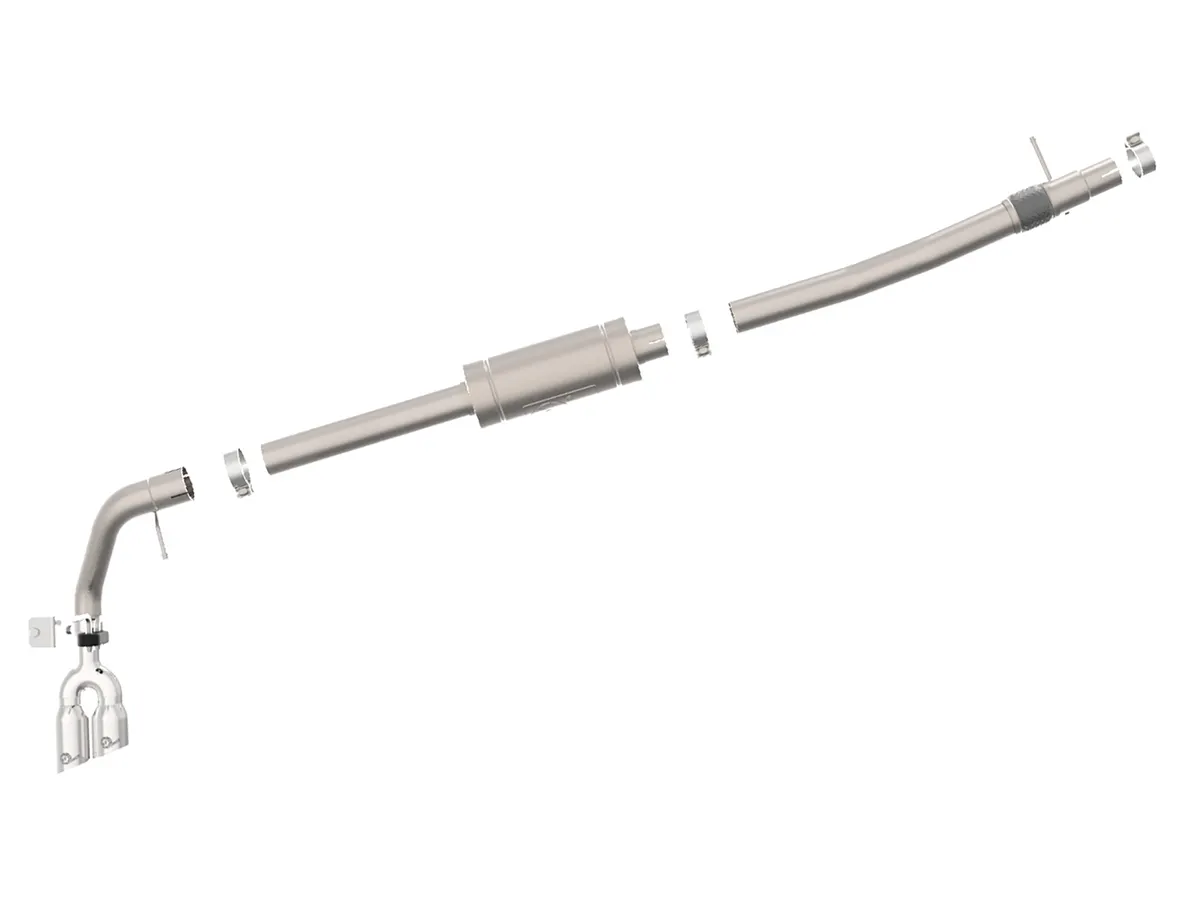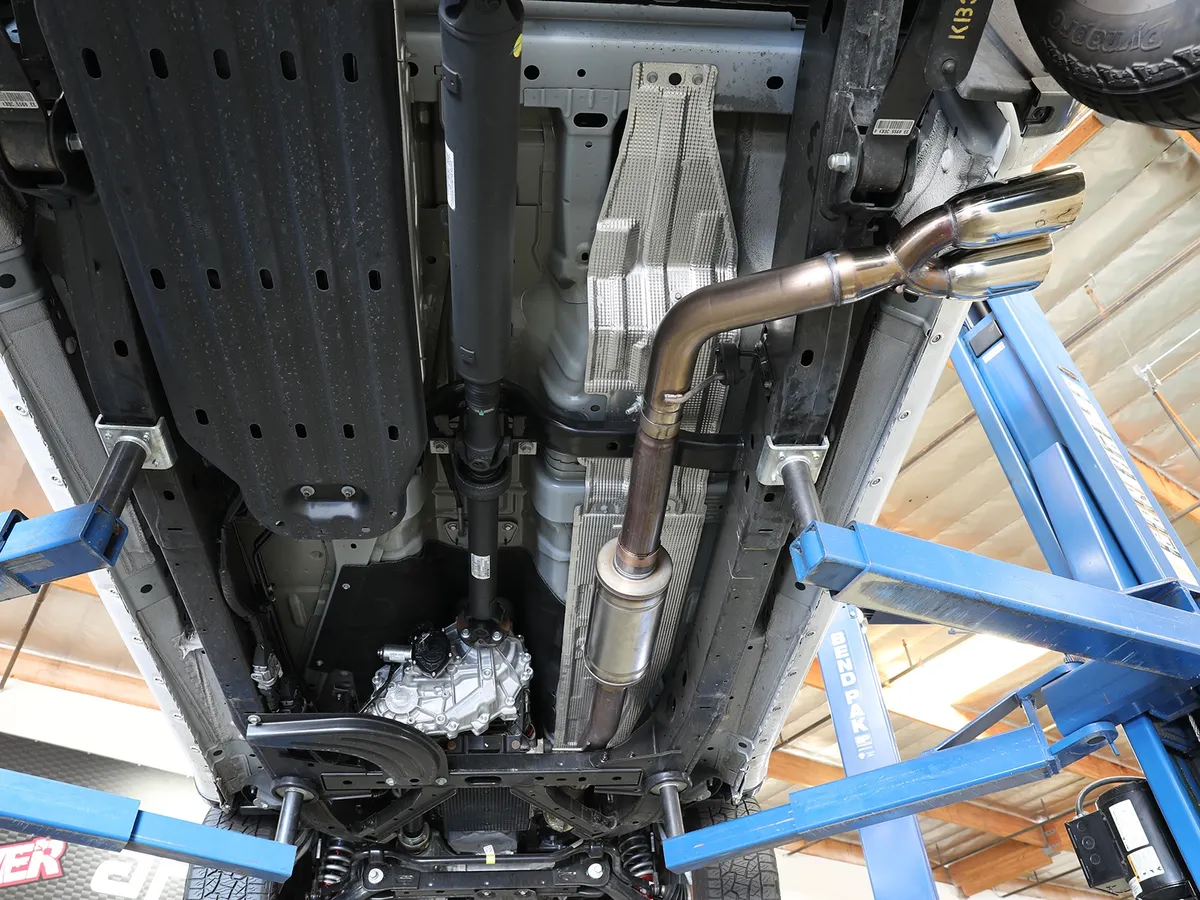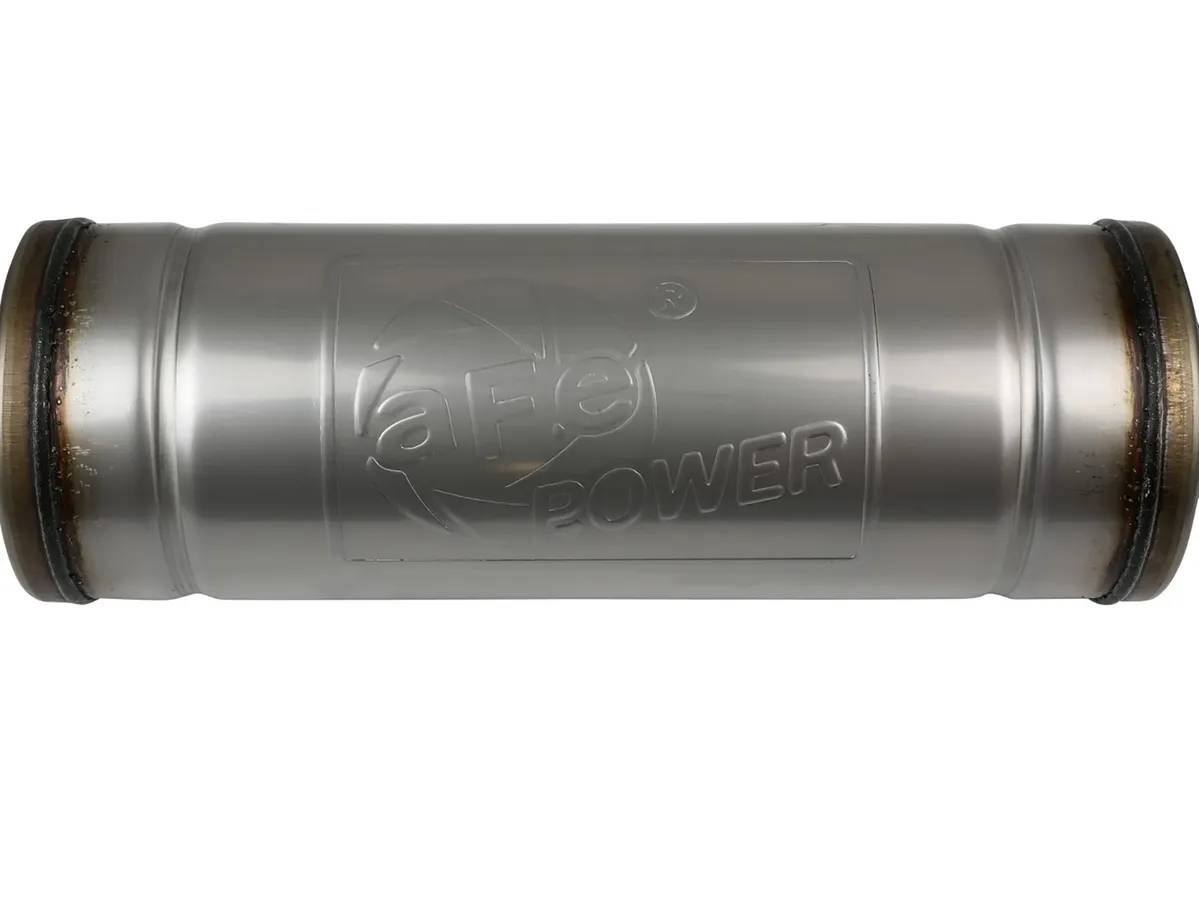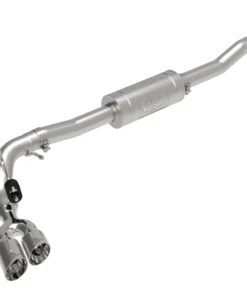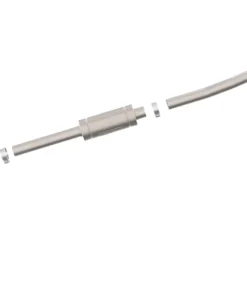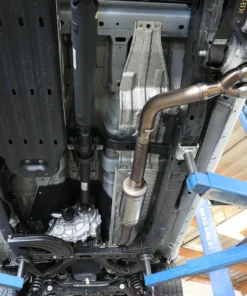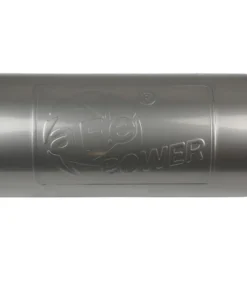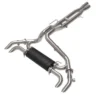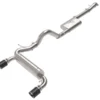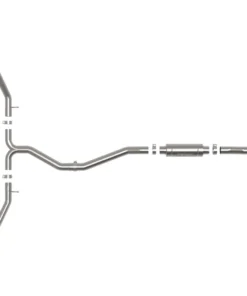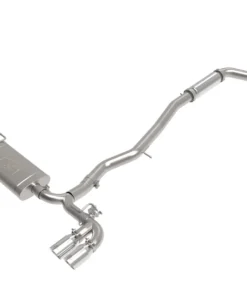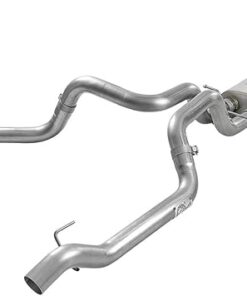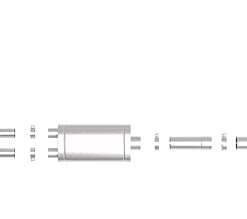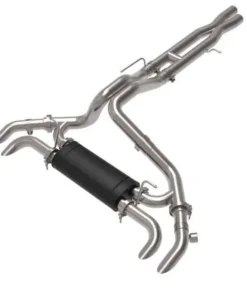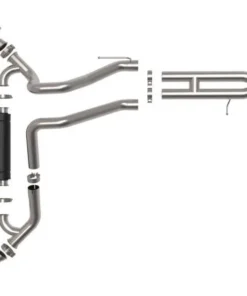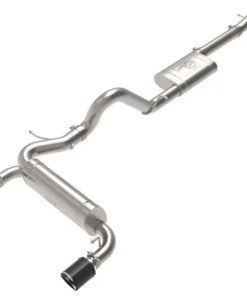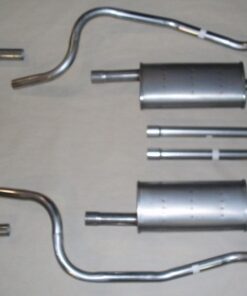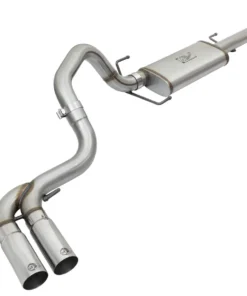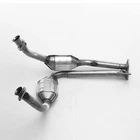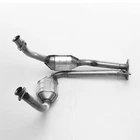A Stainless Steel Cat-Back Exhaust System is an aftermarket upgrade for a vehicle’s exhaust system. Here’s a detailed breakdown of what it is, what it does, and why you might want one:
What is a Stainless Steel Cat-Back Exhaust System?
A Stainless Steel Cat-Back Exhaust System refers to all exhaust components from the catalytic converter back to the exhaust tip, including:
-
Mid-pipe
-
Resonator (optional)
-
Muffler
-
Tailpipe
It does not include the catalytic converter itself (Stainless Steel Cat-Back Exhaust System”).
Why Choose Stainless Steel?
Stainless steel offers:
-
Corrosion resistance (especially vs. aluminized steel)
-
Longer lifespan
-
Better appearance (often polished or brushed finish)
There are two common stainless steel types:
-
T409: Less expensive, decent corrosion resistance
-
T304: More expensive, excellent corrosion resistance (often used in premium systems)
Benefits of a Stainless Steel Cat-Back Exhaust System
-
Performance Gains
-
Improved exhaust flow can result in increased horsepower and torque
-
Less restrictive than factory systems
-
-
Enhanced Sound
-
More aggressive or sporty exhaust tone
-
Can vary from mild to loud depending on design
-
-
Fuel Efficiency
-
Slight improvements in MPG under certain conditions
-
-
Aesthetic Appeal
-
Polished tips and visible tubing can enhance the rear look of the car
-
-
Weight Reduction
-
Aftermarket systems are often lighter than stock
-
Who Is It For?
Ideal for:
-
Car enthusiasts wanting performance and sound upgrades
-
People in regions with harsh winters (thanks to stainless steel durability)
-
Anyone modifying their intake/tune who wants to complement it with exhaust work
Popular Brands
Some top-rated manufacturers include:
-
Borla
-
MagnaFlow
-
Flowmaster
-
Corsa
-
AWE Tuning
-
Invidia (popular in JDM applications



